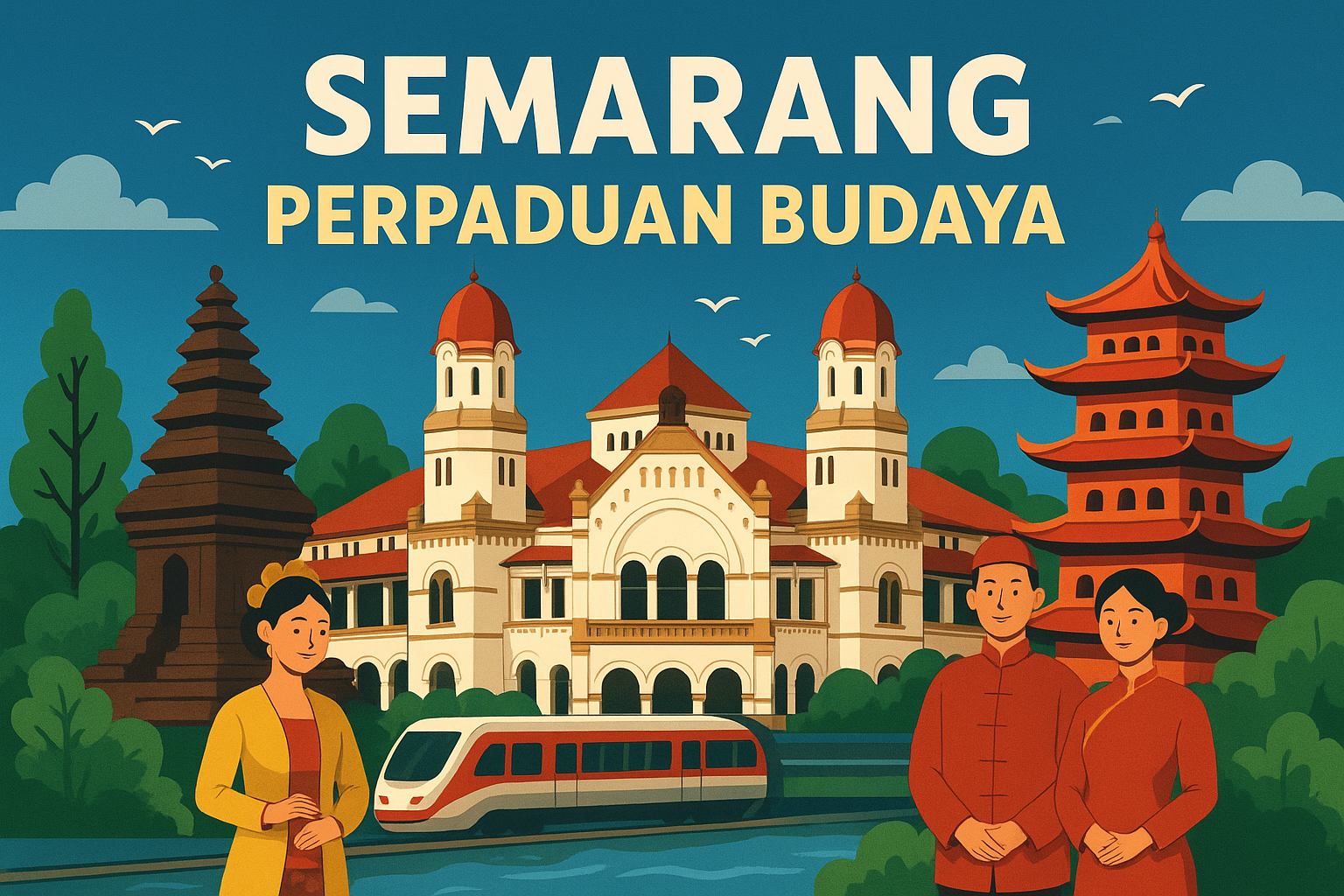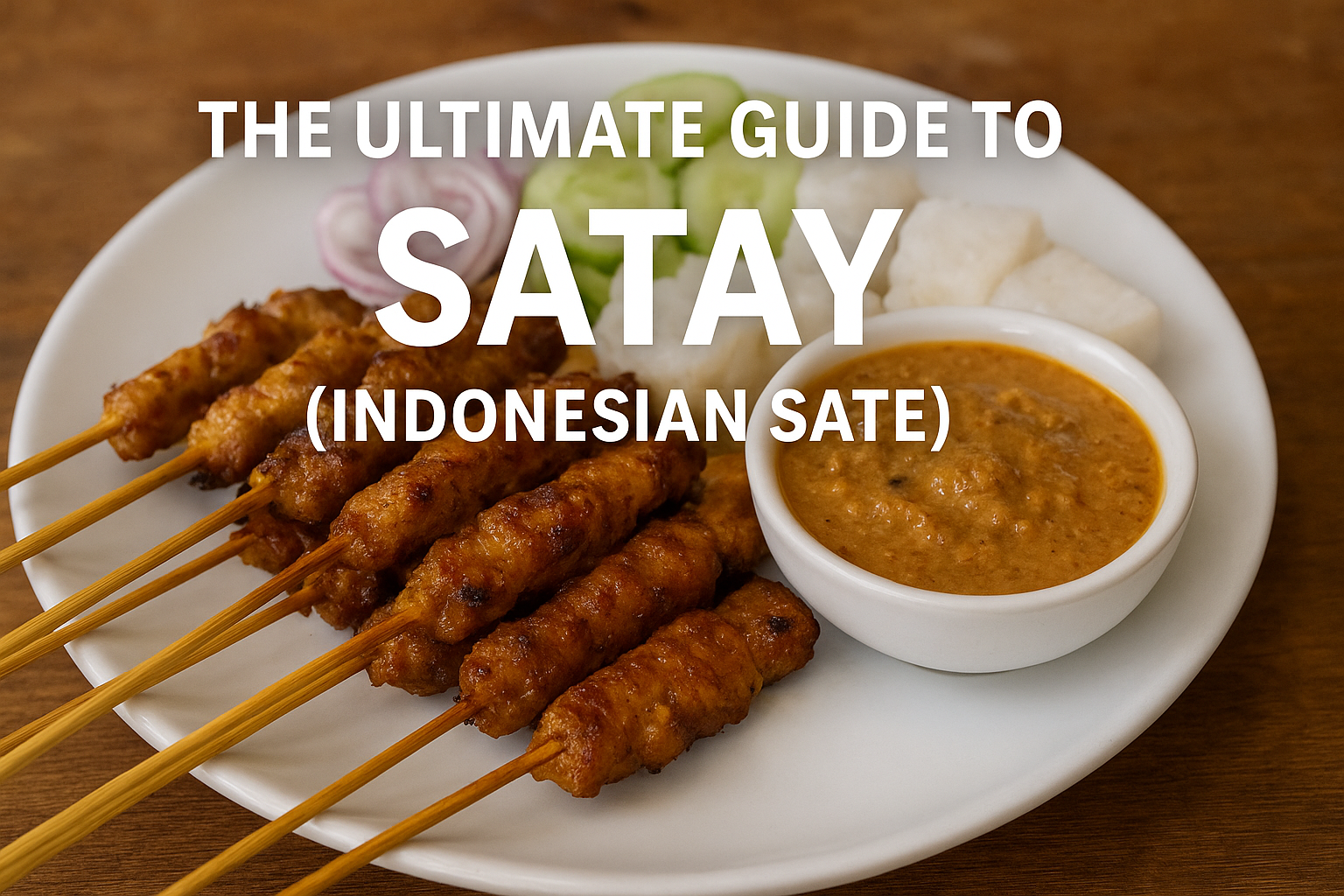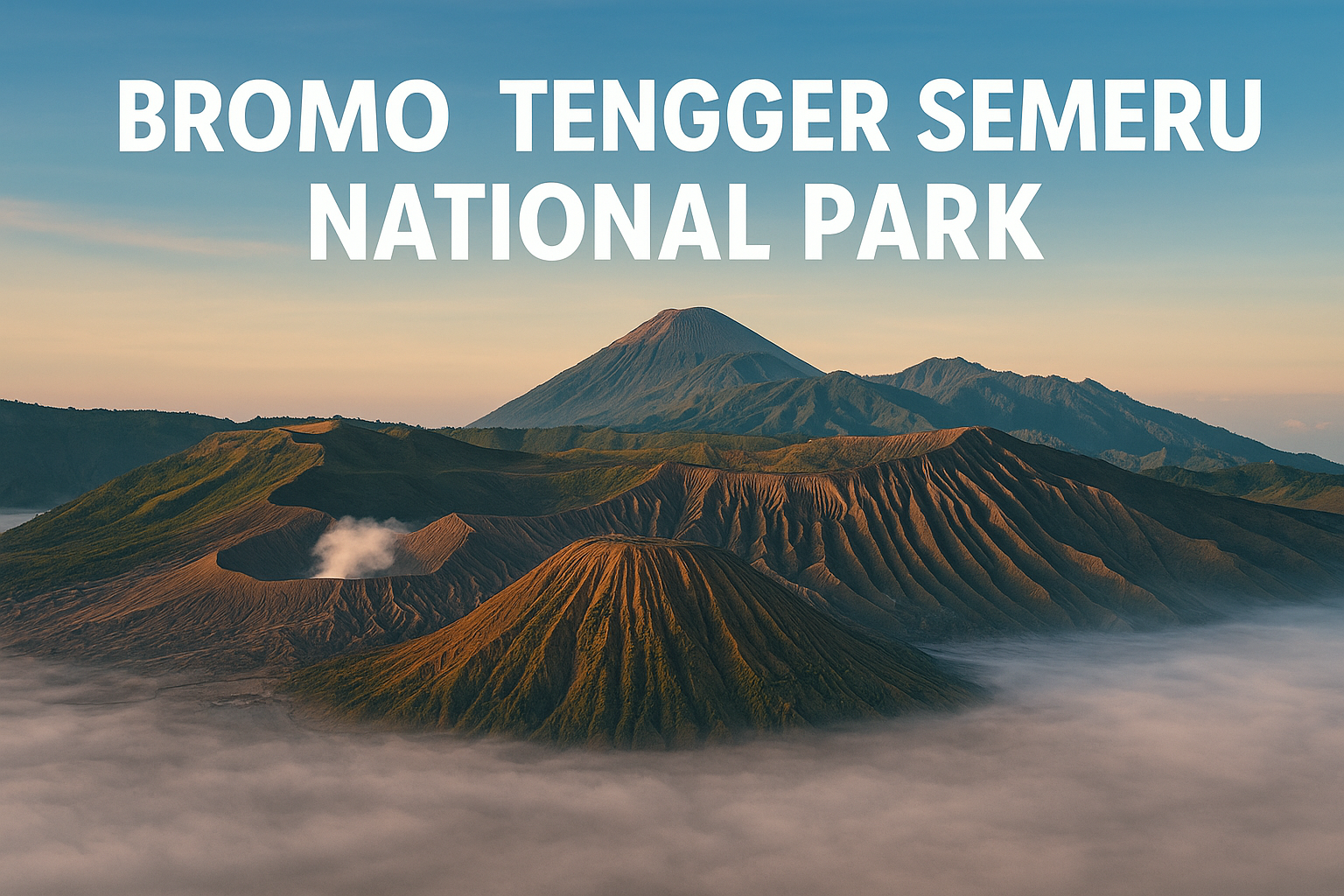Semarang, the capital of Central Java, is more than just a bustling city on the northern coast of Java Island. Known as a melting pot of cultures, Semarang offers a rare and fascinating blend of Javanese, Chinese, Arab, and Dutch influences. This vibrant city stands as living proof that cultural diversity can create harmony, beauty, and prosperity.
Travelers who explore Semarang will not only discover historical landmarks and architectural marvels but also experience a rich tapestry of traditions, festivals, and cuisine that reflect centuries of cultural exchange. In this article, we will take a deep dive into how Semarang became the city of cultural fusion, what makes it unique, and why it should be on every traveler’s bucket list.
The Historical Roots of Semarang
The story of Semarang begins in the 8th century, but it grew in importance during the 15th and 16th centuries as a trading port. Located strategically along the Java Sea, the city became a hub where merchants from China, the Middle East, and Europe interacted with the Javanese population.
The arrival of Chinese traders left a strong legacy in Semarang, visible in the thriving Chinatown district and iconic temples like Sam Poo Kong. Arab traders brought Islamic teachings and traditions, which shaped the city’s religious life. The Dutch colonial era left behind elegant European-style buildings, canals, and administrative structures that can still be admired today.
This historical layering is what gives Semarang its unique identity. Unlike many other cities in Indonesia, Semarang’s cultural blend is not only preserved but actively celebrated.
The Javanese Heritage in Semarang
At the heart of Semarang’s culture lies the Javanese heritage. Javanese traditions emphasize harmony, respect, and community values, and these are reflected in the city’s daily life.
- Language and Art: The Javanese language, with its polite speech levels, is still widely spoken. Wayang kulit (shadow puppetry) and gamelan music remain important cultural expressions.
- Traditional Ceremonies: Rituals like slametan (communal feasts) and tedhak siten (a child’s first steps) are still practiced.
- Architecture: The Joglo house, with its distinctive roof design, symbolizes Javanese aesthetics and philosophy.
In Semarang, these traditions are not only preserved but also intertwined with other cultural influences, creating a dynamic blend.
Chinese Influence: The Legacy of Sam Poo Kong
Perhaps the most striking influence in Semarang comes from its Chinese heritage. The arrival of Admiral Zheng He (known locally as Cheng Ho) in the 15th century marked the beginning of a strong Chinese presence.
- Sam Poo Kong Temple: This majestic temple, originally built as a place of rest for Zheng He, has become a symbol of harmony between Chinese and Javanese culture. Its bright red pagodas, dragon ornaments, and incense-filled halls attract visitors from around the world.
- Chinese Festivals: Lunar New Year and Cap Go Meh are celebrated with parades, lion dances, and culinary fairs.
- Culinary Traditions: Dishes such as lumpia Semarang (spring rolls) and tahu gimbal are the result of Chinese culinary innovation blending with local flavors.
Semarang’s Chinatown, with its traditional shops and temples, remains one of the liveliest cultural quarters in Indonesia.
Arab Influence: Spiritual and Cultural Enrichment
The Arab community has played a significant role in shaping Semarang’s cultural landscape. Their arrival brought Islamic traditions, which are now deeply embedded in the city’s identity.
- Religious Practices: Mosques with Middle Eastern architectural touches, such as Masjid Layur, showcase Arab influence.
- Festivals: Idul Fitri and Maulid Nabi are celebrated with unique Semarang traditions, including communal feasts and processions.
- Cultural Interactions: Arab traders intermarried with locals, contributing to the diverse cultural fabric of Semarang.
This blending of Arab and Javanese traditions enriches the city’s spiritual and cultural life.
Dutch Colonial Heritage: The Charm of Kota Lama
No discussion about Semarang’s cultural fusion would be complete without mentioning its Dutch colonial heritage. The Kota Lama (Old Town) district is often referred to as “Little Netherlands” due to its preserved colonial architecture.
- Iconic Buildings: The Gereja Blenduk church, with its dome-shaped roof, stands as one of the oldest Christian churches in Central Java.
- Canals and Streets: The layout of Kota Lama, with its canals and cobblestone streets, mirrors Dutch urban planning.
- Revitalization Efforts: Today, Kota Lama has been restored into a cultural and creative hub, featuring art galleries, cafés, and cultural festivals.
Walking through Kota Lama feels like stepping back in time, where European elegance meets tropical vibrancy.
Festivals and Celebrations: The Heart of Cultural Fusion
One of the best ways to witness Semarang’s cultural fusion is through its festivals. Each event showcases the blending of traditions and communities:
- Dugderan Festival: A lively parade marking the beginning of Ramadan, blending Islamic rituals with Javanese cultural elements.
- Cap Go Meh Festival: Celebrated with dragon and lion dances, this event brings Semarang’s Chinatown to life.
- Semarang Night Carnival: A modern festival that celebrates the city’s diversity through costumes, music, and dance.
These festivals not only entertain but also preserve traditions while fostering cultural understanding.
Culinary Fusion: Semarang on a Plate
Food is where Semarang’s cultural fusion is most deliciously evident.
- Lumpia Semarang: A spring roll stuffed with bamboo shoots, chicken, or prawns, blending Chinese and Javanese tastes.
- Tahu Gimbal: Fried tofu served with shrimp fritters, vegetables, and peanut sauce – a mix of Chinese cooking styles with local ingredients.
- Wingko Babat: A coconut-based snack influenced by Javanese tradition.
- Arab-Inspired Dishes: Local versions of Middle Eastern dishes, often served during religious festivities.
Semarang’s culinary identity is a mouthwatering representation of its multicultural heritage.
Modern Semarang: Balancing Heritage and Progress
While Semarang is deeply rooted in tradition, it is also a modern metropolis. The city has grown into a center of education, business, and innovation in Central Java. Skyscrapers, shopping malls, and universities coexist with temples, mosques, and colonial buildings.
This balance between preserving heritage and embracing modernity makes Semarang an example of how cultural fusion can drive sustainable development.
Why Semarang’s Cultural Fusion Matters
Semarang’s cultural fusion is more than just a historical curiosity. It is a lesson in tolerance, harmony, and creativity. The city demonstrates how communities of different backgrounds can coexist, influence one another, and create something greater than the sum of their parts.
In today’s world, where cultural clashes often make headlines, Semarang stands as a model of inclusivity and mutual respect.
Practical Travel Tips for Visitors
For travelers who wish to explore Semarang’s cultural richness, here are some tips:
- Best Time to Visit: March to August, during dry season and major cultural festivals.
- Must-Visit Places: Sam Poo Kong Temple, Kota Lama, Lawang Sewu, Simpang Lima, and Chinatown.
- Local Experiences: Try cooking classes, join traditional dance workshops, or attend local festivals.
- Transportation: Use ride-hailing apps or explore on foot in cultural districts.
- Respect Local Traditions: Dress modestly when visiting religious sites and always greet locals politely.
Conclusion
Semarang is not just a city; it is a living museum of cultural fusion. From Javanese rituals and Chinese temples to Arab traditions and Dutch architecture, the city offers a unique journey through time and culture. Its festivals, food, and heritage sites invite visitors to experience the beauty of diversity in harmony.
JAWARA88
DAFTAR SEKARANG
JAWARA88
Semarang cultural fusion



